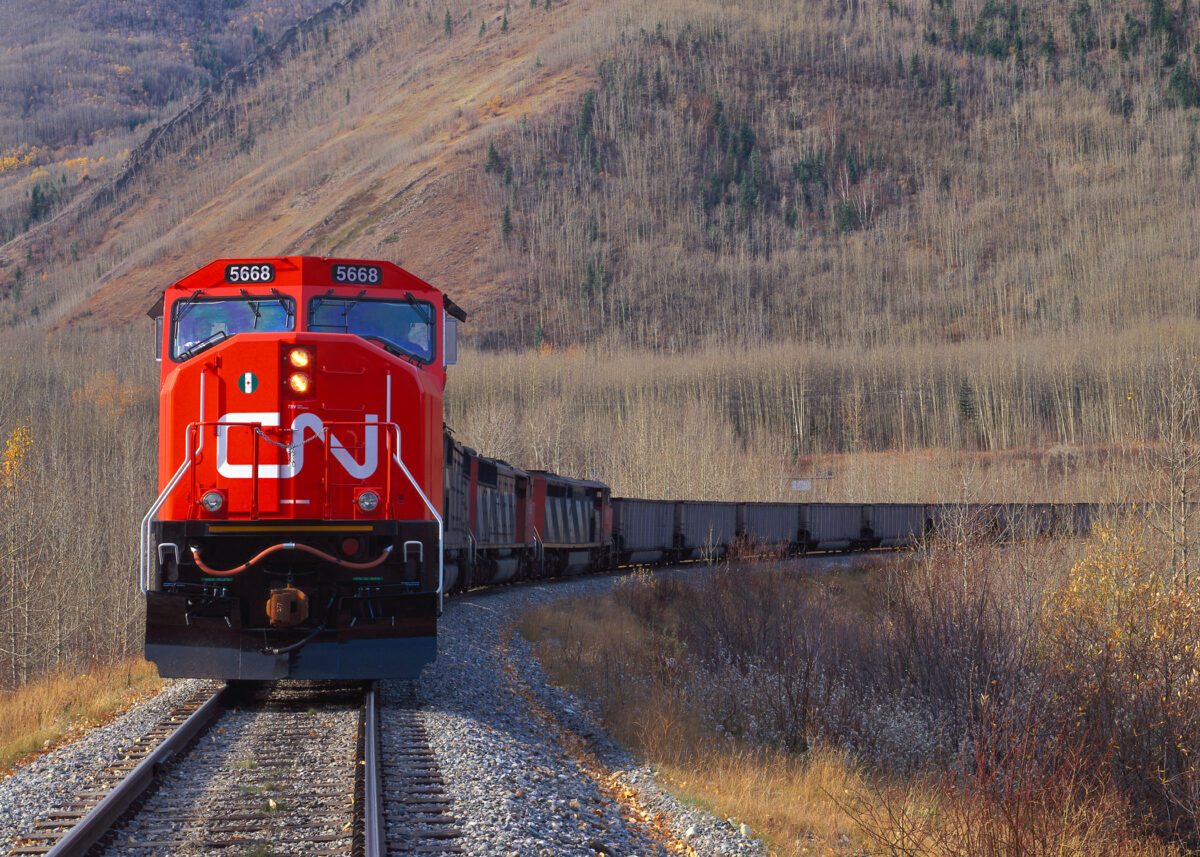-
A restart of Operations: Canadian National (CN) and Canadian Pacific Kansas City (CPKC) trains resumed operations after a work stoppage that shut down most of Canada’s rail network.
-
Government Intervention: The Canada Industrial Relations Board backed an order from Labor Minister Steven MacKinnon to end the lockout and send the contract dispute to binding arbitration.
-
Legal Challenge: The Teamsters Canada Rail Conference (TCRC) plans to challenge the constitutionality of the decision, possibly leading to future work stoppages.
-
Supply Chain Impact: It may take several weeks for the supply chain to recover as shipments begin moving again.
-
Prime Minister’s Decision: Initially resistant, Prime Minister Justin Trudeau eventually intervened, weighing the economic damage of a rail shutdown against labor's support for his government.
-
Political Ramifications: Trudeau’s intervention has strained relations with the New Democratic Party (NDP), which could call for snap elections. NDP leader Jagmeet Singh opposes back-to-work legislation.
-
Economic Considerations: Trudeau’s decision was influenced by the significant economic impact of the rail stoppage, estimated at $340 million per day.
-
Comparisons with the U.S.: Unlike Canadian railroads, U.S. rail companies have been proactive in securing early labor deals, addressing worker shortages, and improving contract terms.
-
Labor’s Influence: The Teamsters union in Canada holds significant bargaining power, but its future influence may be uncertain, as seen in the U.S. where government intervention has previously curtailed labor strikes.
-
Future Uncertainty: The outcome of ongoing labor disputes and the potential legal challenges in Canada remains uncertain, with implications for the broader transportation sector.

{This summary covers the key facts and insights from the original article, offering information about the results of the Canada rail strike.}
Source: https://www.freightwaves.com/news/analysis-canada-rail-stoppage-post-mortem